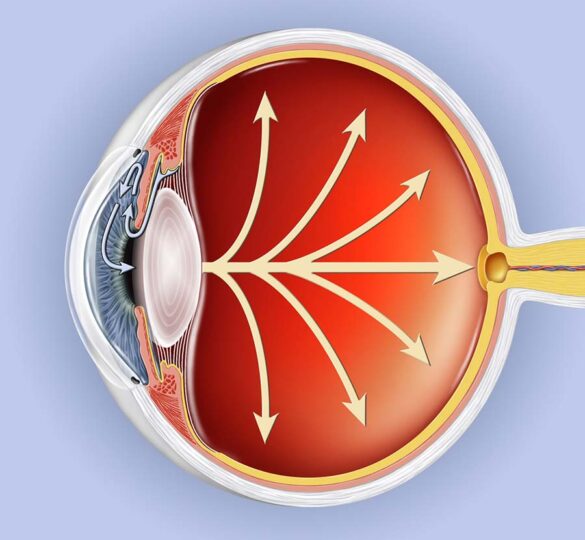Canaloplasty: A Surgical Alternative for Glaucoma
Canaloplasty is one of several surgical alternatives to lower pressure for patients with glaucoma.

Canaloplasty takes advantage of the eye’s drainage system to safely treat elevated pressure.
The most common approach to lowering pressure surgically has been trabeculectomy, which creates a hole in the sclera to let the aqueous fluid drain into the outer cyst or bleb. Trabeculectomy is still the surgical standard, but there are risks of complications such as infection, leakage, and irritation.
Canaloplasty utilizes a microcatheter or tube placed in the Canal of Schlemm (the natural site of drainage for healthy eyes) to enlarge the drainage canal, relieving pressure inside the eye. Studies have been published demonstrating long-term efficacy and safety.
Canaloplasty is a useful surgical option in patients with open angle glaucoma, especially in patients at high risk for infection or bleeding, and those patients who have had complications in the other eye from trabeculectomy. Patients who wear contact lenses may also be good candidates for this procedure.
The microcatheter used in canaloplasty has already been successfully used in other eye disorders. It is widely used to treat children born with congenital glaucoma in the procedure known as trabeculotomy, and has been used to deliver ocular medications to the back of the eye in patients with macular degeneration.
In summary, canaloplasty is a safe and innovative procedure taking advantage of the conventional drainage system of the eye to safely treat elevated pressure in patients with glaucoma.
Canaloplasty Video
Article by Richard A. Lewis, MD. First published January 1, 2010. Last reviewed March 28, 2024.

Richard A. Lewis, MD
Dr. Lewis is the co-founder of Sacramento Eye Consultants and past president of the American Society of Cataract and Refractive Surgery the American Glaucoma Society. His now retired from private practice.